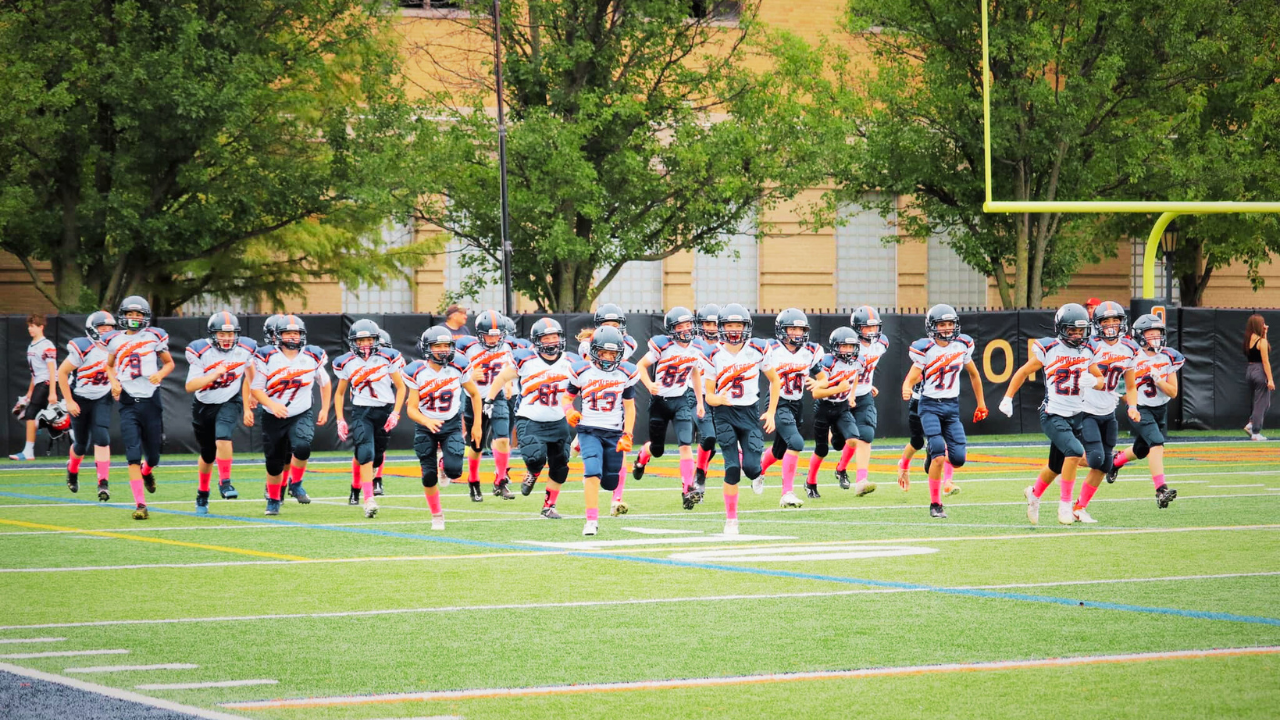How to use Motion to Stress the Defense
We have talked multiple times about the importance of creating an offensive system that looks complex to the opponent but is very simple for your players to master. One way to achieve this easily is by using the formation system we described in the previous article to create multiple formations while limiting learning for the majority of your players. We take the same system and apply it to motions.
How to use Motion to Stress the Defense
Motion can be a great tool to stress the defense. Similar to unique formations, motion forces the defense to adjust their rules and adapt to the formation quickly. If you are a motion heavy offense most defenses will tell their players to start thinking about how they will react to motion before it occurs. The effect is that players are more focused on how they will adjust to combat the motion so they are sound against the formation instead of focusing on the play and how they plan to stop it.
Our goal with our motion system is to limit the amount of learning and thinking that our players must do while being able to stress the defense. To do this we create a base set of rules that are easy to learn. Once we have this base set of rules, we can combine them in an infinite amount of ways to create different motion looks to stress the defense.
The base rules of our system are the different locations in our formations. We break our locations (the same ones as we had in our number system) into five different locations. These locations are shown above but they are Wide, Slot, Wing, Sniffer and Back. We define the Wide position as the #1 receiver. This means that the person motioning out to that position will go wider than the widest person to become the new #1 receiver. We define the Slot as splitting the difference between the most inside receiver and the outside leg of the Tackle. For the Wing we tell our players to align directly behind the Tackle so they are able to execute a block on the C Gap Player while still being able to release directly into a route or hook block a C Gap Player. The Sniffer position is between the Guard and the Tackle and the Back position is even with the Quarterback.
Related Content: Best Motions for Youth Football
Once players know their destinations it is as simple as just tagging the player who will be moving. This tells the exact player where they will be moving to. This means that players only need to learn our definitions, which are very easy for the average player to pick up, and we can then use our motions to move each player into any different formation.
Our base rule is that when the player motions they will be crossing the center. This cuts down on having to give the players a direction and again limits their learning. If we want our players to stay on their side of the Center we will add an -o at the end of the call. This means that if we want H to move from a Slot to a Wing on the same side the motion would be H Wingo.
Related Content: Using Motion to Gain and Advantage
Later in the season when teams are adjusting to our motions we will add a simple tag to keep increasing the perceived complexity. One of the most frustrating things for a defense to deal with is when a player goes in motion and then returns. This makes things difficult for the defense because they must adjust to the motion and then readjust to the new formation. If we want a player to do this we will add a y to the end of our call. So if we want the H to go in motion across the Center and then return back to the Wing spot we would use an H Wingy call.
Again the key to any offense is to appear complex while keeping things as simple as possible for your offense. Our motion system is a simple way to stress the defense while keeping things easy to learn for the offense.











